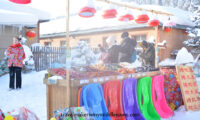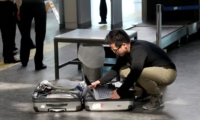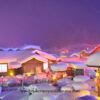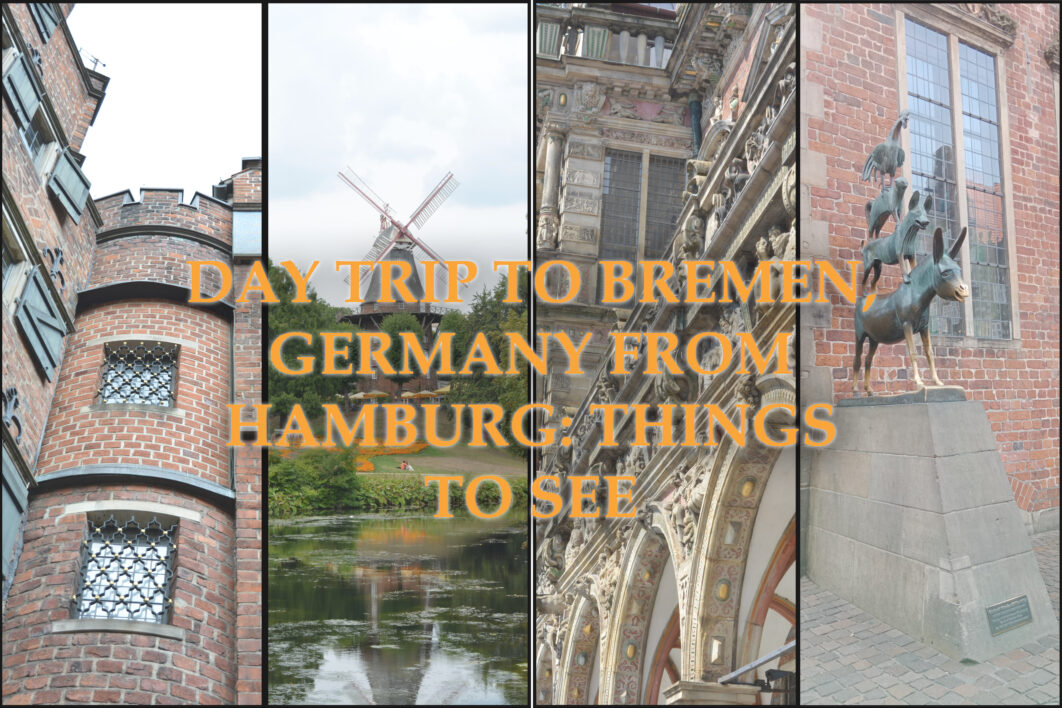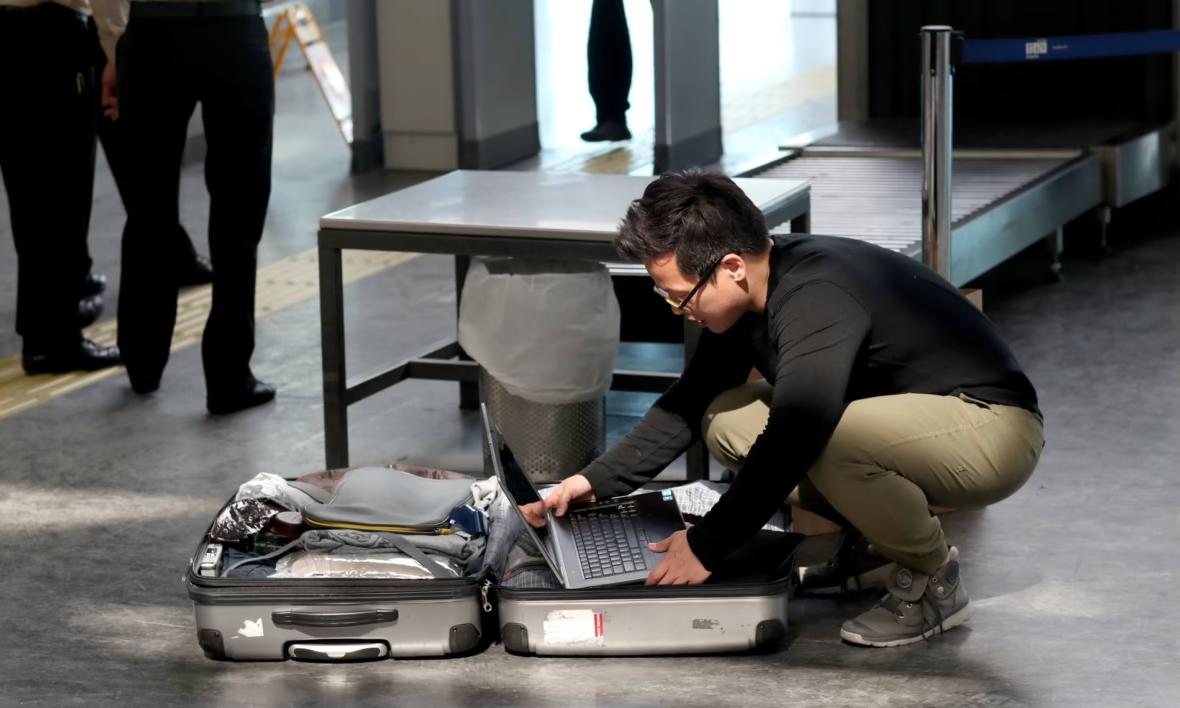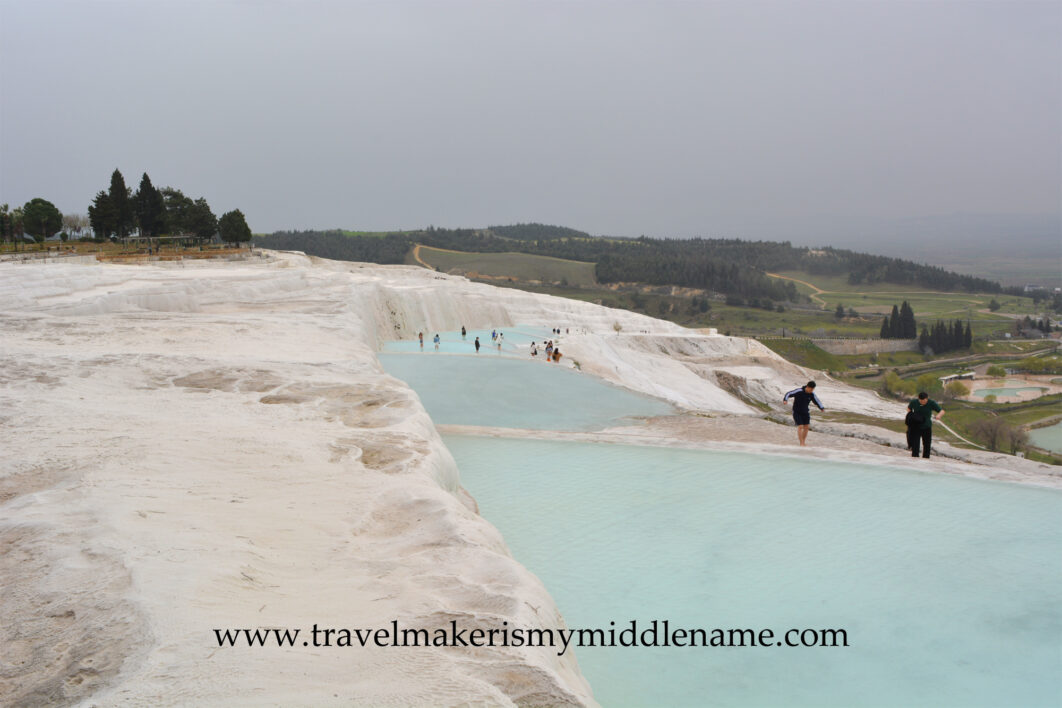Last Updated on: 1st November 2025, 06:25 pm
There are MANY articles online about how to see the northern lights. This article is the result of quite a lot of research from the perspective of the most convenient and least troublesome trip possible and personal experience as a result of that research and will explain in layman’s terms and practical steps of how to increase your chances of seeing it.
Why Iceland?
Most sources recommend Norway to see the northern lights. This article will cover seeing the northern lights in Iceland for reasons I will explain later.
The Aurora Borealis
You would most likely have seen pictures of coloured lights, mostly green, in the night sky. This is a natural phenomenon called “polar lights” or aurora polaris, and occurs in the north and southern hemisphere, but the northern hemisphere is more commonly sought after by tourists and hence more commonly known. The lights in the northern hemisphere is called the aurora borealis and the ones in the southern hemisphere is called the aurora australis. The scientific name was given by Italian astronomer Galileo Galilei in 1619 and the name came from the Roman goddess of dawn, Aurora, and the Greek god of the north wind, Boreas.
What are the northern lights?

The scientific name for the northern lights is Aurora Borealis. In short, the light is the result of particles from the sun colliding with particles in the Earth’s atmosphere and glowing as a result of the high energy collision.
Solar storms are sudden bursts or explosions of energy stored in the Sun’s magnetic fields. This sends out massive waves of radiation and charged particles, which heats up things around them in the solar system to extremely high temperatures. When the particles reach Earth’s atmosphere, they collide with particles in the Earth’s atmosphere. The high speed collision and temperature causes the particles to glow, which is what is seen as the coloured lights. This is analogous to how heating metal with high temperatures causes it to glow. These lights can be seen with the naked eye and no special equipment is required to see them. The colour of the light is determined by the type of gas present. Green is due to the presence of oxygen, while nitrogen causes pink or purple lights. And, due to their charge, the particles are drawn particularly to the Earth’s magnetic poles, which is why the phenomena is seen at and near the north and south poles. Finally, the wavy characteristics of the light is due to the lines of the Earth’s magnetic fields.
How to see the northern lights
Solar flares actually happen all year round but, but daylight and bright skies means the relatively weaker glow of the aurora borealis can not be seen during the day. This is why the aurora watching season is typically autumn/winter depending on the location, because that is when the night skies are darker and last longer, NOT because it is colder.
So the short answer to “how to see the northern lights” is, anytime “as long as the solar storm activity is high and skies are dark and clear enough”. Since there are more dark hours in winter in the northern part of the northern hemisphere, many people wrongly think that you can only see it when it is snowing and cold. Actually, the northern lights have nothing to do with the temperature and whether it snows or not.
If you have not realised already, this means seeing the northern lights is more of a game of chance and luck than anything else, and no one can guarantee that you will see the lights. Anyone who claims they can guarantee you will see it, are lying or exaggerating.
On top of that, since the peak season for northern lights viewing is winter, and in the northern part of the northern hemisphere, it can get very cold. Northern lights watching is just that: a sedentary activity where you all stand and gaze upwards to watch the lights. This can make for a very poor experience if you don’t end up seeing it: it is not uncommon to have to stand outside in ankle-deep snow in -10°C waiting for something to happen. Those who do not see them may understandably be disappointed, especially if you travelled half way around the world and it is on your bucket list.
So, in this article I am also going to talk about how to increase your chances of seeing one, based on science.
How to increase your chances of seeing the northern lights
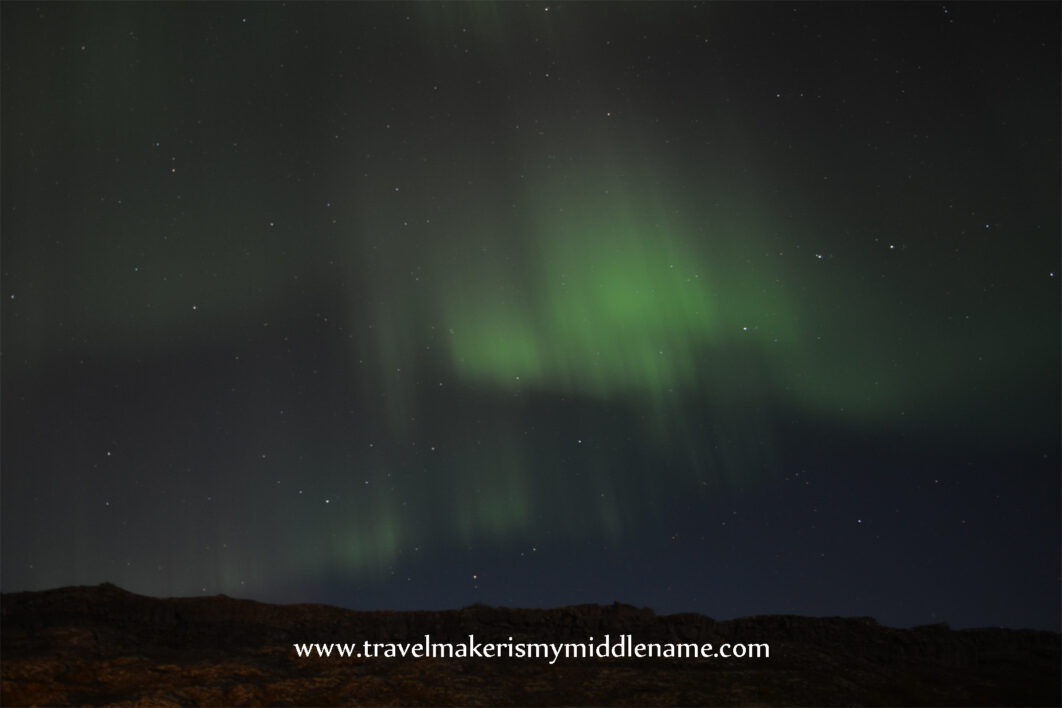
As previously established, you need 3 things to happen all at once for you to be able to see the northern lights (not including the obvious fact that you also need to be there):
- High solar storm/electromagnetic activity in the atmosphere at the local location
- Clear skies (no clouds) at the local location (Note that a “dark patch of sky” is not the same as a “clear patch of sky”.)
- Dark skies at the local location
High solar storm/electromagnetic activity in the atmosphere
This is random and depends highly on several things happening at the same time. But you can check the weather report to check the solar activity, and there are phone apps that will alert you when the electro/geomagnetic activity conditions are ideal. Reports are in the “KP index”, which is a calculated measure of the geomagnetic activity, and KP stands for “planetarische Kennziffer”, which is “planetary code number” in German. One such app is “My Aurora Forecast & Alerts” which will send you an alert when the local KP value reaches a value you set it to, but you can find any app that reports the local KP value. The higher the KP value, the more solar activity there is. But, this value is a calculated value and not directly measured in real time, so it is not a case of simply looking out the window when you get an alert, but rather, an alert about trend.
During my visit, I was living in Germany at the time, and for a few days, I monitored the aurora KP value reports to see how it was trending. At the time, all things considered (cost of flights, accommodation, KP value trend, getting to a place to actually see the lights) Reykjavik was the best, so I chose that. This is why people who want to see the northern lights, tend to visit and stay at the local destination for at least a few days in case you miss it on one specific day.
Cloudless skies
This is also not controllable by anyone and little you can do about it. Note that clouds are more common in spring and summer (when it is rainy season) which is fine for us since you cannot see the northern lights in spring and summer anyways. The message here is, a clear sky is much more likely if it isn’t raining, so don’t choose a week when there is going to be lots of rain. The sky can still be clear when it is snowing though.
Dark skies
But there are some things that you can do about this one, and things you can do to reduce (Read: reduce, not “completely prevent”) your risk of having a terribly disappointing experience and improve your chance your chance of seeing the northern lights by finding a dark patch of sky.
Many northern, northern hemisphere cities have days with long darkness hours in the middle of winter (with zero sunlight hours in a day) just as they have summers with long daylight hours (with no dark hours in a day) in the middle of summer. In Reykjavik, the northern lights viewing season is September to early April.
You do not need to wait for the weather to be very cold in order to see the northern lights.
The best (most ideal) time to see the northern lights
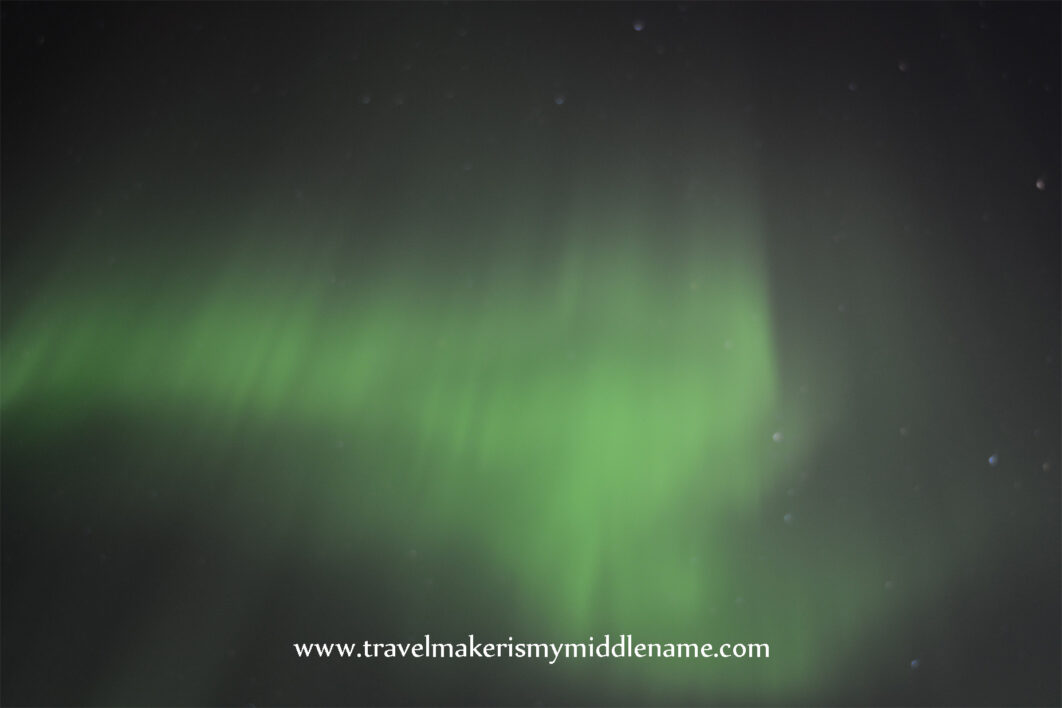
All guides tell you the best time to see the northern lights is September to early April (or February/March depending on the location). What constitutes as “best” may vary for different people.
Most people do not like standing outside in the cold in winter. So when I say “best”, I mean the most ideal situation in which one can see what they want in the least uncomfortable way possible, taking into consideration the things you can and cannot control. In this case, “best time” refers to when it is possible to see the northern lights without suffering the cold for too long.
As I said already, on my visit, circumstances meant Reykjavik was my top choice.
Based on this, the best time to see the northern lights in Reykjavik, Iceland is around the middle of September.
The middle of September is the official start of the northern lights viewing season. Temperatures range between 6 – 10°C (42.8 – 50°F) which, compared to the dead of winter when the temperature can be 20 degrees lower, is relatively warmer, but can feel a lot colder if there are cold winds. The great things is though, there is no snow yet at this time, as summer has ended, meaning dark nights return for lights viewing. This means you don’t have to stand in snow waiting to see the northern lights and is significantly “warmer” than the alternative of going in the middle of winter. So if you can manage to see the northern lights in Reykjavik in the middle of September, then this would give you the best (most ideal) situation: not too cold and still dark enough to see the lights.
The logistics of seeing the northern lights
Okay, but how do you actually see the northern lights? Where do you go to see them, and how?
Provided that everything else is in ideal conditions (high solar storm activity and it is a cloudless sky) The next thing that you can somewhat control and increase your chances of seeing the northern lights is finding yourself a dark patch of sky. You might not be able to find a clear patch of sky but here is how you can find a dark patch of sky.
The obvious way to find a dark patch of sky is to avoid electrical light pollution by moving far away from populated areas. This means finding a way to get away from the city, either by renting a car and driving there yourself or joining a tour group to take you to places.
DIY or Join a tour?
The reason that tour groups can increase your chances of seeing the northern lights is because they know where you can access dark skies, away from buildings and lights, such as park lands in national parks. Some even drive all night if needed and cross borders to go into the neighbouring countries (if starting in Norway, Sweden, or Finland).
Obviously, you can’t drive to a neighbouring country in Iceland because it’s is an island. But tour groups can still take you to places to where it may be more likely to see the lights, if you do not want to rent a car and drive yourself or don’t know where to find dark places away from the city lights. Public transport in Iceland is not very good and is limited to within the city, so to get far enough to see places without light pollution, you may have to drive some 20-30 minutes, if not more, away from the city.
Of course, if you are happy to rent a car and drive yourself in Iceland, you can do that and ask locals for tips on where to find areas that have little or no buildings nearby. National parks are good, dark places.
Tip: Tour groups typically provide hot chocolate as a warming, high calorie snack after the tour. You can pack a similar thing in an insulated bottle.
So if you are planning a trip to see the northern lights, now is the time to start looking for flights and accommodation.
Thank you for visiting my website. Please consider donating to my fundraiser if you are able to, or share my fundraiser if you cannot. You can read about me on my About page.
©All rights reserved for all content and photographs, usage on 3rd party sites are forbidden without permission. Photos are taken by author unless otherwise stated.

